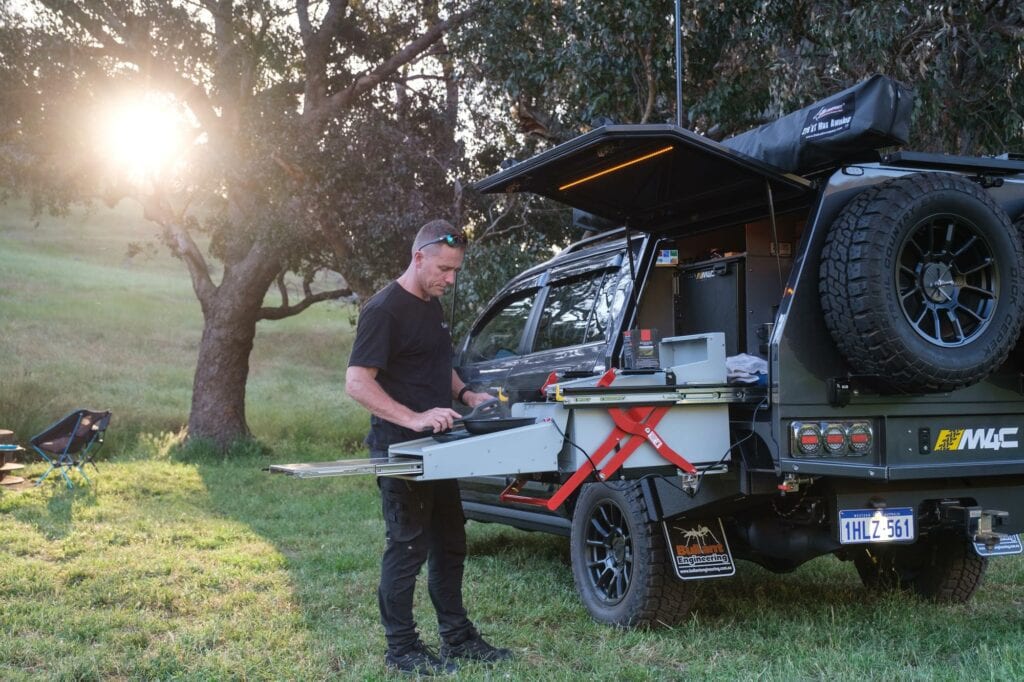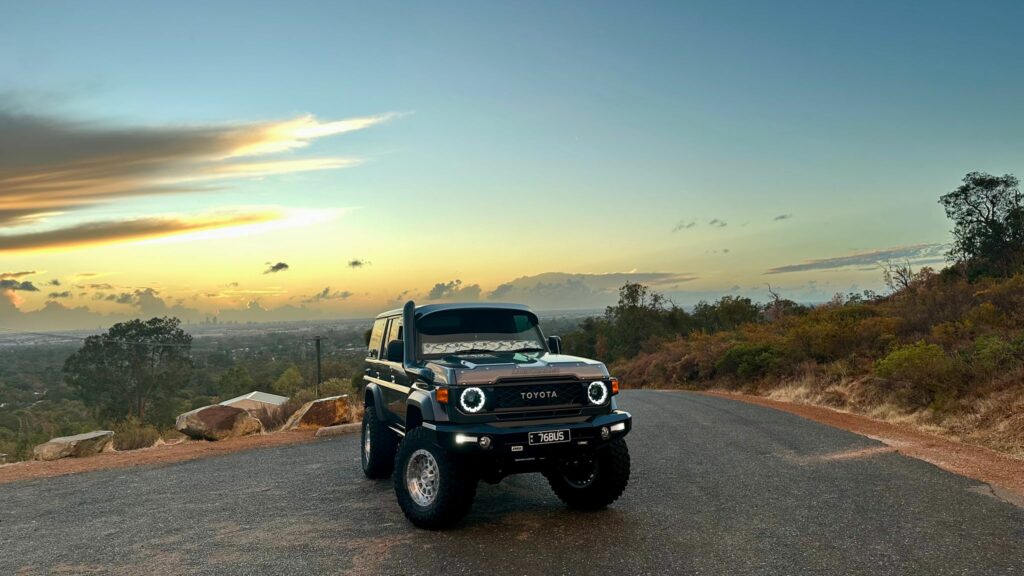There are a number of very important weights to look at and factor in when you are packing your vehicle for your next adventure. This becomes even more pertinent when you add a trailer of some description.
Here is a quick glossary of the weights, their purpose and what to consider with these weights.
GVM
Gross Vehicle Mass; This is the weight of the vehicle alone, with all of the gear loaded in, including all the people, fuel and water. Some vehicles may have a GVM upgrade applied to them to allow them to carry heavier than the manufactures specifications, however, this will be able to be found stamped on the vehicle.
Axle load
The axel load is an important factor to consider. When loading our vehicles, most of the weight is often loaded on the rear of the vehicle however on some vehicles, while you have a GVM that allows for 750Kg of load, only 500Kg may be able to be loaded over the rear axle. This becomes more of an issue when you are towing and you have additional ball weight that loads onto the rear axle.
GCM
Gross Combined Mass. This is the total mass of the combination, meaning it includes both the vehicle and anything that it is towing. Often, a vehicle may be able to increase its GVM but not its GCM, meaning that even when a vehicle has a towing capacity of 3.5T, this may not be legal if your GCM is 6.5T and you have a 4T vehicle.
An Example;
Trailer weight = 3T
Vehicle weight = 3.5T
= GCM = 6.5T
It is also important to check your axle ratings as these are set separately to your GCM.
Ball Weight
Ball weight is one that is becoming more well known and it is how much weight is transferred from your trailer to the vehicle. The Ball Weight needs to be included as load on the drive vehicle and often is forgotten about when calculating axle load.
It is often quite simple to adjust ball weight by moving more of your gear to the rear of your trailer.
ATM
Aggregated Trailer Mass is the maximum weight of the trailer when towing. This includes full water tanks and grey water tank. This means that when you weigh the trailer you may need to ensure that the trailer is under the ATM to account for this extra tank.
Tyre Rating
Almost everything on a vehicle is rated and that includes your wheels and tyres. While it is less common for these to be checked or looked at it is important to know if your vehilce is correctly set up. Every tyre will have both a speed and a load rating on it in the form of a number and a letter.
123/120 R
123/120 These are the load rating for the tyre in either a single or dual wheel configuration.
R is the speed rating.
You can find the tyre rating conversions pretty easily with a simple internet Search.
Overall there are a lot of numbers you have to think about when loading your vehicle. Take what you have learned and apply it, otherwise feel free to get in touch with the team to book in your load distribution session.

